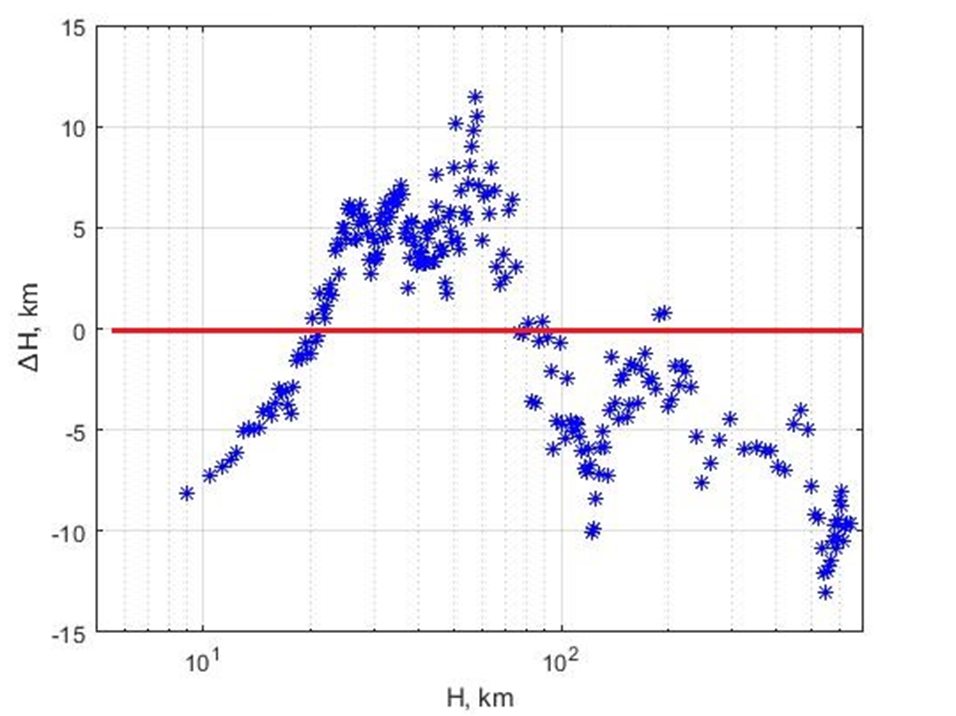At the high pressures and temperatures typical of the Earth’s interior, the brittle failure in accordance with the generally accepted Reid elastic rebound model cannot occur at depths greater than a few dozen kilometers. Nevertheless, earthquakes do occur at depths to about 700 km depth and some more.
The paradox is explained by the presence of the deep fluid that decreases the effective friction in rocks and/or by metamorphic processes occurring in down-going slabs. These models imply an essential difference between characteristics of earthquakes occurring at different depth. However, no appreciable differences have so far been found between the source characteristics of the shallow, intermediate-depth, and the deep earthquakes. A few such differences are found and discussed below. Firstly, a few examples are presented demonstrating that the stress and tectonic deformations are not sufficient for the occurrence of earthquakes deeper than 30-50 km. An additional factor associated with metamorphic transformations appears to be required for the occurrence of deeper earthquakes. It is shown also that the typical values of a few source parameters of earthquakes (the normalized duration of seismic process, apparent stress, etc.) vary substantially over depth. What is more, these variations are consistent with suggested changes in mechanisms of earthquakes generation with the depth. The depth boundaries between different models of earthquakes origin are marked by increased median values of the apparent stresses and durations of seismic radiation process. “Normal” earthquakes can occur only in the upper 50 km of the lithosphere. The intermediate-depth earthquakes appear to be connected mainly with the dehydration embrittlement; the deep earthquakes appear to be connected with the solid-state (phase) transformations.

Rodkin M.V. The Variability of Earthquake Parameters with the Depth: Evidences of Difference of Mechanisms of Generation of the Shallow, Intermediate-Depth, and the Deep Earthquakes. Pure Appl. Geophys. (2022). DOI: 10.1007/s00024-021-02927-4

